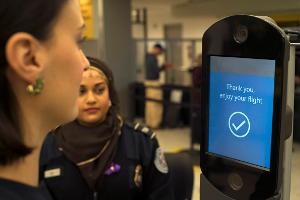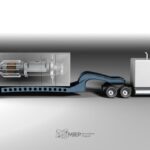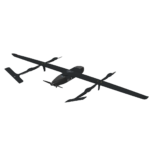
Customs and Border Protection (CBP) continues to get match rates between 97 and 98 percent with its use of facial comparison technology where it is deployed to track the entry and exit of foreign nationals and U.S. citizens arriving to and departing from the U.S. and the agency isn’t finding that the technology is discriminating based on individual demographics, an agency official said on Thursday. “We’re not seeing demographic-based” issues in the 2 to 3 percent of instances where a…

 By
By 











